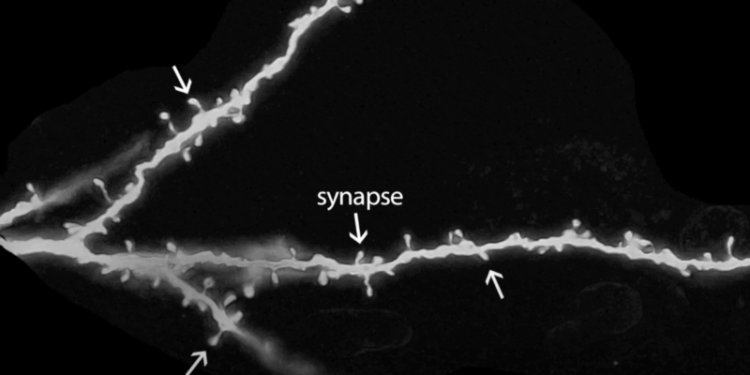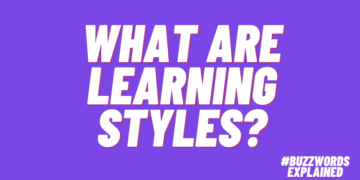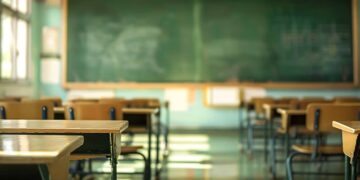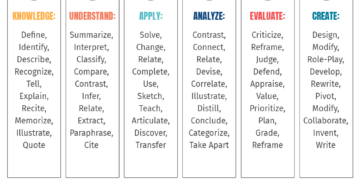@TeacherToolkit
Ross Morrison McGill founded @TeacherToolkit in 2007, and today, he is one of the ‘most followed educators’on social media in the world. In 2015, he was nominated as one of the ‘500 Most Influential People in Britain’ by The Sunday Times as a result of…
Read more about @TeacherToolkit
Are autistic students absorbing information in brains that are built differently?
Autistic students process the world through unique brain connectivity and excess synapses, affecting learning and memory. Teachers must adapt strategies to support these neurological differences effectively.
How do autistic brains differ?
A study by Columbia University (Tang et al., 2014) suggests that autistic children have an excess of synapses due to reduced synaptic pruning. This research explores how autistic brains develop differently from non-autistic brains.
Meanwhile, research from Embrace Autism highlights how autistic brains have unique neural connectivity, meaning no two autistic students process information in exactly the same way. The researchers have gathered a connectome (a comprehensive map of neural connections in the brain) to form a better understanding of the anatomical and functional connectivity of the brain.
Research shows that autistic brains are structurally different from non-autistic brains.
Are teaching strategies helping or hindering?
Columbia University (2014) used thirteen brains “from children ages two to 9, and thirteen brains came from children ages 13 to 20. Twenty-two brains from children without autism were also examined for comparison.”
They found that autistic children have too many synapses, meaning their brains retain excess neural connections that should have been pruned during early development. These differences affect how autistic students process information, retain knowledge, and engage with learning. Watch this fascinating video explaining autistic brains.
Excess synapses can lead to sensory overload, while individualised brain connectivity means autistic students may struggle with traditional teaching methods designed for neurotypical learners.
Autistic students may experience heightened sensory sensitivity, difficulty filtering information, and alternative problem-solving strategies. Understanding these neurological differences can help teachers create more inclusive learning environments that align with how autistic students process knowledge.
The solid red line (below) represents the Autism spectrum disorder (ASD) – ‘disorder’ used in the research; ‘condition’ is preferred by the autism community. This group demonstrated a less steep increase in functional connectivity compared to the typically developing (TD) group. The dashed red line represents the ASD group showing anomalous connectivity patterns across puberty.
In general, studies suggest that autistic children exhibit hyper-connectivity (more connections than typical development), while autistic adolescents and adults show hypo-connectivity (fewer connections), emphasising the need for longitudinal research across puberty.
Image: (Uddin et al. 2013)
Are you teaching inclusively?
Understanding autistic brain differences is essential for inclusive teaching. If autistic students experience sensory overload or difficulty filtering information, they may disengage or struggle to process learning at the same rate as their peers. Traditional teaching strategies, such as rapid-fire questioning or dense verbal instructions, can be overwhelming.
However, autistic students also have strengths, such as heightened pattern recognition or deep focus on specific topics. By adapting teaching methods to align with autistic students’ cognitive processes, schools can support engagement and improve learning outcomes. Teachers can adjust their practice to support autistic students by:
- Reducing cognitive load with structured lesson planning and clear, predictable routines.
- Use visual aids and activities to reinforce learning.
- Allowing extra processing time and incorporating repetition to strengthen memory retention.
- Recognising autistic students’ strengths, such as deep focus, and designing tasks that align with their abilities.
CPD questions for teachers:
- How does the structure of an autistic student’s brain affect their ability to learn?
- How can lesson design reduce cognitive overload for autistic students?
- Are teaching strategies supporting or overwhelming autistic students?
- What role does repetition play in memory formation for autistic students?
- How can schools adapt classrooms to accommodate sensory sensitivities?
- What techniques can enhance focus and engagement for autistic students?
- How can teachers ensure assessment methods are inclusive for autistic students?
- Are schools using students’ strengths in pattern recognition to aid learning?
- How does understanding brain connectivity change approaches to differentiation?
- What training do teachers need to better support autistic students?
Teachers who want to improve learning outcomes for autistic students should consider adapting their teaching strategies to align with neurological research.
For more detailed strategies, refer to our guide on Making Your Classroom Autism Friendly.
Like this:
Like Loading…




















